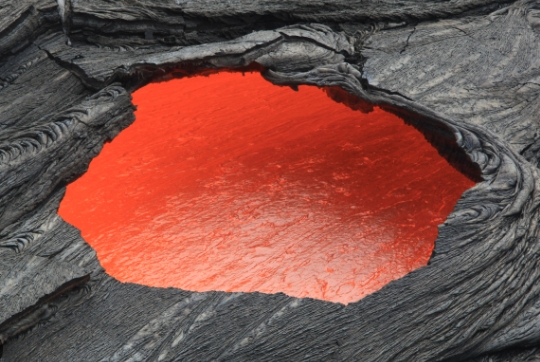Basaltic magma is one of the most common types of magma found on Earth. It is formed from the partial melting of the Earth’s mantle, and is known for its distinctive characteristics.
Composition of Basaltic Magma
Basaltic magma is composed mainly of silica, iron, magnesium, and calcium. It has a low viscosity, which means it is able to flow easily. This low viscosity is due to the relatively low silica content of basaltic magma.
Temperature of Basaltic Magma
Basaltic magma is typically hotter than other types of magma, with temperatures ranging from 1000 to 1200 degrees Celsius. This high temperature allows basaltic magma to flow more easily and quickly.
Characteristics of Basaltic Lava
When basaltic magma reaches the Earth’s surface and solidifies, it forms basaltic lava. Basaltic lava is known for its dark color and fine-grained texture. It can flow over long distances before cooling and solidifying.
Formation of Basaltic Rocks
As basaltic lava cools, it forms rocks known as basalt. Basalt is a fine-grained, dark-colored rock that is commonly found in volcanic regions. It is often used as a building material and in road construction.
Volcanic Features of Basaltic Magma
Basaltic magma is associated with a specific type of volcanic eruption called a basaltic eruption. These eruptions are characterized by the flow of basaltic lava over long distances, creating large, flat lava fields known as lava plateaus.
Overall, basaltic magma is an important part of Earth’s geology and has a number of distinct characteristics that set it apart from other types of magma. Its low viscosity, high temperature, and dark color make it unique among volcanic materials, and studying its properties can provide valuable insights into the inner workings of the Earth.

